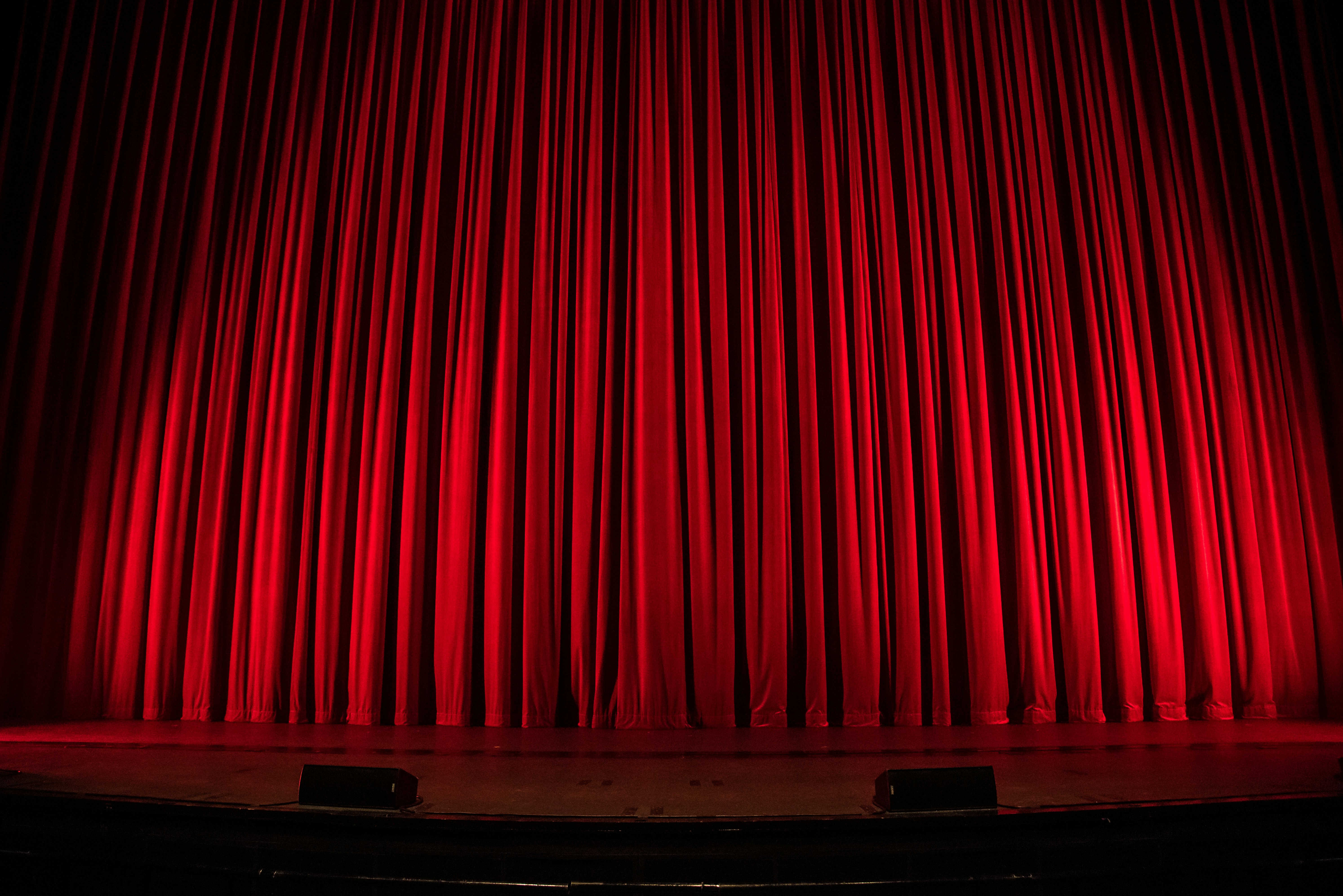Broadcast Graphics
Definition:
"Broadcast Graphics" refer to visual elements used in video production to enhance the presentation of information to viewers. These elements include text, animations, and images designed to complement and clarify the content being broadcast.
Detailed Explanation:
Broadcast graphics are essential tools in television, live streaming, and video production, used to convey information visually and enhance the viewer's understanding and engagement. These graphics can range from simple text overlays and lower thirds to complex animations and interactive elements. They are designed to provide context, highlight key points, and add a professional polish to video content.
Common types of broadcast graphics include lower thirds (text strips at the bottom of the screen displaying names or information), titles, credits, logos, scoreboards, and animated transitions. Advanced broadcast graphics may also include data visualizations, live social media feeds, and augmented reality elements. These graphics are created using specialized software and are often integrated into the live broadcast or edited into recorded footage.
Key Elements of Broadcast Graphics:
Text Overlays:
Include lower thirds, titles, and credits that provide essential information without distracting from the main content.
Animations:
Dynamic graphics such as animated logos, transitions, and effects that add visual interest and professionalism.
Images and Logos:
Static or animated images and logos used to brand the broadcast and provide visual context.
Data Visualizations:
Charts, graphs, and other visual representations of data to help explain complex information clearly and engagingly.
Advantages of Using Broadcast Graphics:
Enhanced Clarity:
Helps viewers understand and retain information by presenting it in a visually engaging format.
Professional Appearance:
Adds a polished and professional look to broadcasts, enhancing the overall production quality.
Branding:
Reinforces the identity of the broadcast through consistent use of logos, colors, and visual styles.
Challenges of Using Broadcast Graphics:
Design Complexity:
Creating high-quality graphics requires design skills and specialized software, which can be resource-intensive.
Integration:
Ensuring that graphics are seamlessly integrated into the broadcast without disrupting the viewer experience.
Timeliness:
In live broadcasts, graphics must be updated in real-time, requiring efficient workflows and quick response times.
Uses in Performance:
News Broadcasts:
Used to display breaking news, headlines, weather updates, and other pertinent information clearly and concisely.
Sports Events:
Provides scoreboards, player stats, game summaries, and other real-time information that enhances the viewer’s experience.
Live Events and Webinars:
Enhances presentations with lower thirds, titles, bullet points, and interactive elements that engage viewers and clarify content.
Design Considerations:
When designing and using broadcast graphics, several factors must be considered to ensure they are effective and enhance the viewing experience:
Consistency:
Maintain a consistent visual style that aligns with the branding and overall aesthetic of the broadcast.
Readability:
Ensure text is legible and easy to read, using appropriate fonts, sizes, and colors.
Timing:
Synchronize the appearance and duration of graphics with the content, ensuring they enhance rather than distract from the main message.
Conclusion:
Broadcast graphics are visual elements used in video production to enhance the presentation of information to viewers. By incorporating text overlays, animations, images, and data visualizations, broadcast graphics help clarify content, engage viewers, and add a professional touch to broadcasts. Despite challenges related to design complexity, integration, and timeliness, the benefits of enhanced clarity, professional appearance, and effective branding make broadcast graphics indispensable in modern video production. With careful design, consistency, and attention to readability and timing, broadcast graphics can significantly elevate the quality and impact of any video content.


